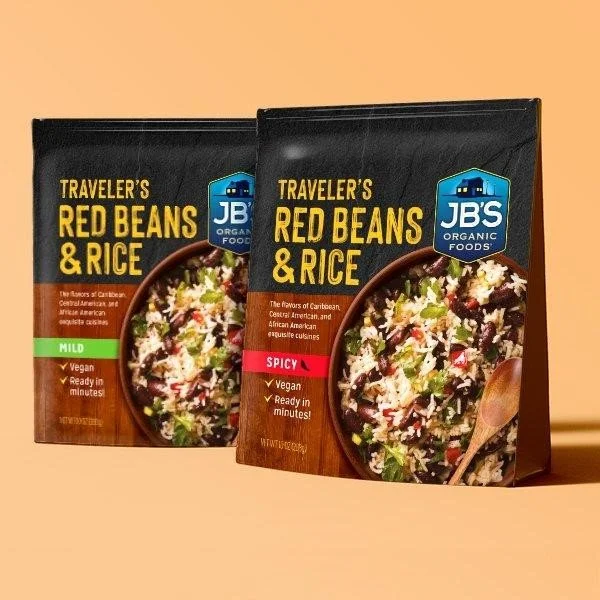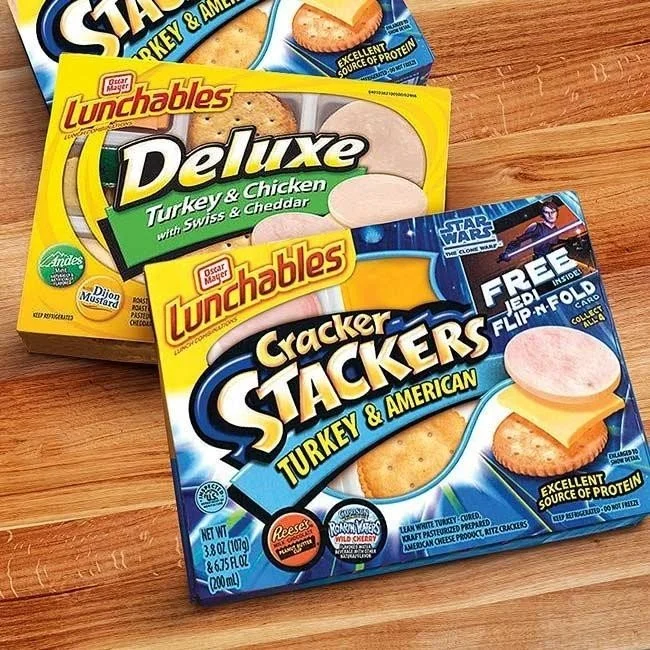Food brands often face tough competition in the crowded retail space. Your brand may struggle to catch the attention of consumers when you are surrounded by a dozen options.
Your snack can easily go unnoticed without the right packaging design. Poor visibility can lead to lower sales and missed opportunities to connect with the target audience. You are being overlooked if your product does not stand out.
It is where smart snack packaging design and effective shelf placement can make the difference. In this post, we will explore how shelf visibility and creative packaging design can help snack packaging sales thrive in a competitive market.
The Role of Packaging in Food and Beverage Marketing
The global food and beverage packaging market was valued at around USD 460-566 billion in 2024 and is projected to grow immensely to over USD 737-871 billion by 2032.
These numbers show that packaging design is a key component of the food and beverage industry. It has the power to capture the attention and communicate the value of the product in a quick time.
The packaging design has become a key driver of brand identity and sales in the marketplace as consumer preferences evolve and competition intensifies. Here is how packaging in food and beverage marketing plays a key role.
First Impressions Matter
Customer packaging is a key part of the customer experience. We all know the difference between immediate impact and making a lasting impression.
Bold colors and engaging visuals can help a brand stand out among countless competitors. Eye-catching snack package design can be the difference between new and emerging food and beverage companies. A well designed package establishes trust and builds curiosity and encourages shoppers to try something new.
They make purchasing decisions within seconds, and design plays a vital role in the process.
The difference is not just visual, but a clear indicator of the care you put into your product. Printed packaging is a solid choice to communicate the value of your brand and make a first impression.
Read More: Snack packaging matters-7 ways it impacts your sales
Communicating Brand Identity
Businesses know that it is important to create a strong brand and identity so they can stand out from the competition. The market is becoming more competitive all the time. Thanks to the growing popularity of social media, it has become easier than ever to reach these huge audiences. It is very important for brands to have good communication design in the digital age.
Packaging as a Marketing Tool:
Product packaging is now an important part of the marketing strategy of a company.Healthy food packaging design in the modern marketplace is important because it can serve many different functions at the same time. It makes your product stand out on crowded store shelves and improves the customer experience. Packaging can make a simple product stand out and get people to notice and buy it if you do it right.
Shelf Impact and Sales
Products that look good naturally catch people's attention, even when they're next to more popular brands. The way a product is packaged determines whether it makes an impact.
Features like window cut-outs that show the product inside or resealable pouches that make it easier to use can make packaging useful and show that the product is high quality.
Brands can greatly increase sales potential by combining creativity with practicality.
The Rise of Sustainable Packaging:
Today's consumers are more aware of environmental problems. Packaging is a big part of this conversation.
Food and beverage brands adopting recyclable or reusable packaging not only reduce their environmental footprint but also strengthen their marketing message.
Sustainable food packaging design tells customers that a brand cares about the planet, which often resonates strongly with younger and eco-conscious buyers.
The Elements of Effective Packaging Design
There are several key elements that can contribute to effective packaging design. It includes:
Colors
Typography
Imagery
Structure
Each of the above elements plays a key role in communicating the value of the product and capturing the attention of the customer.
Color:
Different colors can make us feel different things. Psychologists have studied how colors affect emotions and behaviors. These findings help marketing professionals use the principles of color psychology to influence how potential customers see their brand.
It's important to give serious thought to the colors you choose for your brand logo because colors can help consumers form associations with your product or service. For example, McDonald's uses a red logo, which is known to stimulate appetite. Starbucks' dominant green color communicates the coffee brand's commitment to environmental sustainability.
It is important to consider the emotions and values that the brand wants to convey through its colors when designing packaging.
Typography:
Your typography has the capacity to speak a thousand words. You need to balance design in your package design. This balance is created by visual elements along with other written materials. Together, both of them define product design. Here is how typography helps in branding.
Helps to Position Your Brand
Helps Differentiate Your Brand
Defines Your Product Better
Grabs Customer Attention
Affects Customer Preference
Imagery:
The imagery in packaging design can greatly impact consumer behaviour. It can invoke emotions and create a sense of brand identity. Imagery shows that the product is being used in a specific environment and helps consumers to create a sense of reliability, and helps them envision the product.
Structure:
The structure is the physical form of product packaging. It can be simple or complex. A well-designed structure differentiates the product from its competitors and makes it memorable for customers.
These elements are essential for establishing a strong brand identity and influencing consumer behavior.
Packaging in the food and beverage sector is often seen as the outer layer that protects what is inside. Thoughtful packaging design builds brand recognition and trust, which encourages repeat business. In contrast, good packaging convinces customers to try a product once.
Conclusion:
So the next time you pick up a snack, consider this: are you buying it only for what is inside, or are you also influenced by how it was presented to you? The answer to that question is where the real opportunity lies for brands.
We at Lien Design create jaw-dropping package designs that help your brand to make memorable experiences so that they can connect consumers to brands.
Contact us today to schedule a free consultation and start building packaging that captivates and converts. Your next packaging success story starts here.




